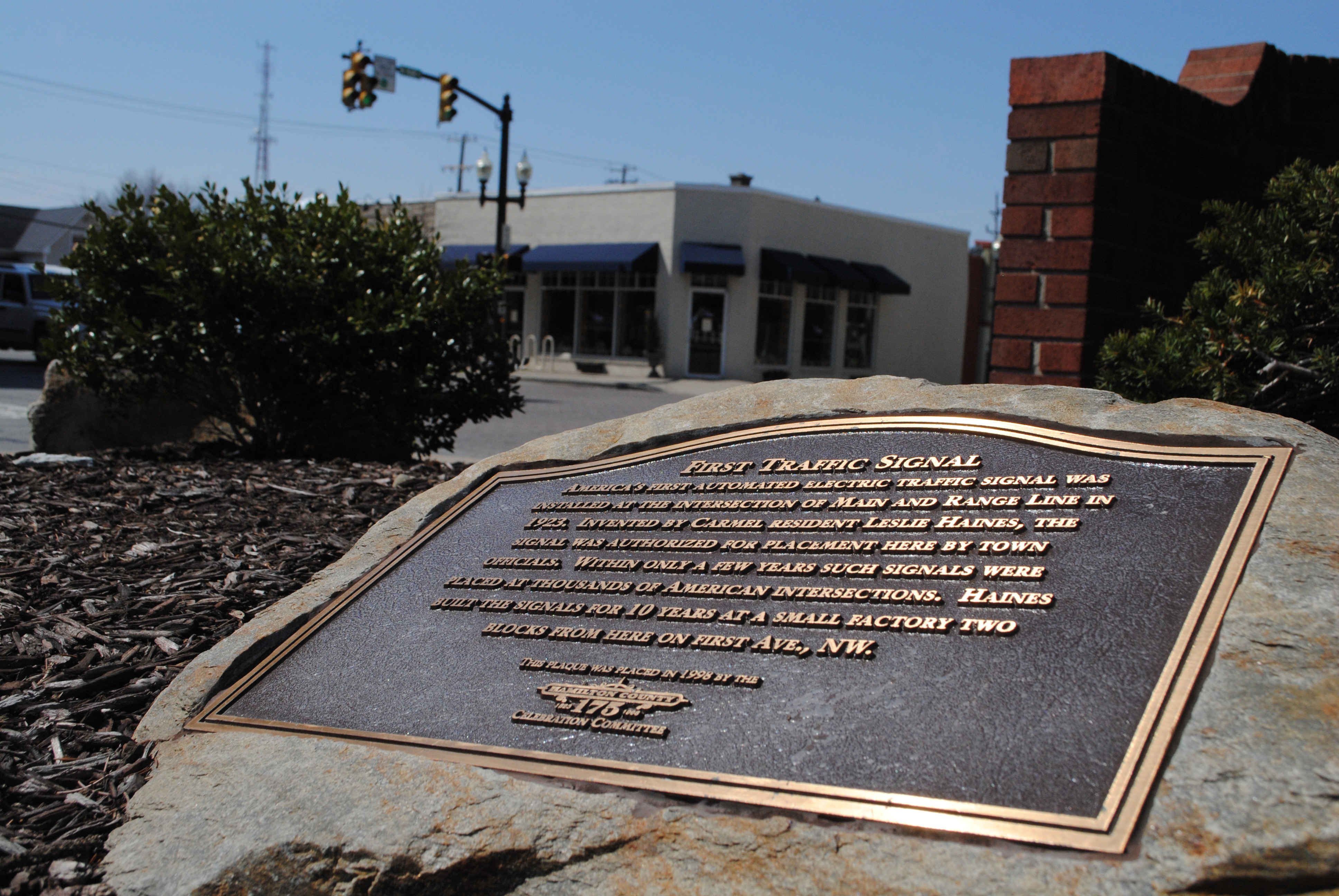
Commentary by Fred Swift
Leslie Haines was one of the most gifted – but unsung – native sons of Carmel, and he was a man ahead of his time.
Born in 1883, Haines joined the U.S. Navy a few years after graduation from Carmel High School. With great electrical engineering ability he became a Naval electrician and assisted Dr. Lee DeForest in developing the wireless radio, a vital advance for communication at sea.
He sailed around the world aboard the flagship of the Great White Fleet, an 18-month cruise ordered by President Teddy Roosevelt in 1906 to demonstrate America’s coming of age as a naval power.
In 1910 he returned to Carmel and went to work in the private sector designing elevator controls. But, in his free time at his own workshop, Haines created an electric powered washing machine when most homemakers were still using a washboard. He built an electric train for his son, and he impressed all of Carmel with electric Christmas tree lights.
In 1923 he applied for a patent on a device that would bring him at least brief fame. It was an electric stop-and-go traffic signal. It was probably not the first traffic signal in the world, but it’s mechanism differed from others. For some unknown reason he was unable to get the patent for the specific workings.
At that time U.S. 31 ran through Carmel on Range Line Road. Even in the early 1920s this made for heavy traffic at Main Street and Range Line Road. So, Haines offered to place his automatic signal at the intersection. The Town Board (council) agreed, but it was not the most popular decision they ever made.
The signal was the first in Indiana, and many motorists were not happy to see it. It was often disregarded, and a vigilant town marshal stopped an average of five violators a day in what became known as a “traffic trap.” The signal’s first model had no yellow light, so the sudden change from green to red brought the greatest criticism.
The Hoosier Motor Club warned its members to avoid Carmel. As a result, local business suffered. Haines remedied part of the problem by building a new model that had the yellow light between the red and green, and then proceeded to build more signals which were exhibited at the 1924 State Fair. Several communities purchased the signals, and it appeared Haines’ business had taken off.
But unfortunately, by 1926 competition and the costs of manufacturing – including an overly generous expense account for salesmen – caused the business to fail. Haines turned to other pursuits. He remained in Carmel working on various projects most of his life. He died in 1945 at his home on West Main Street.
The Haines home is still standing, now a rental, on the south side of Main, the first house west of the Monon Trail.
The small manufacturing plant where the Haines signals were made was located at the southwest corner of First Street NW and First Avenue NW, a site now occupied by the Sofia Square building.
The only surviving Haines signal is found at the Carmel Clay Historical Society museum. An early photo shows the signal when it was located at Main Street and Range Line Road. The original pedestal for the first signal is also preserved with the “patent pending” stamp on it.
A plaque noting that Main Street and Range Line Road was the first signalized intersection in Indiana if not the first in the nation can be found near the foot of the Rotary clock on the northeast corner.


